How to Catch Mangrove Jack: 5 Tips for A Successful Fishing Trip
Are you looking for a challenging and rewarding fishing experience? Look no further than the Mangrove Jack – a hard-fighting, opportunistic predator found in the tropical and subtropical waters of the Indo-Pacific region. Whether you’re a seasoned angler or just starting out, catching Mangrove Jack is a thrill that’s hard to beat.
In this comprehensive guide, we’ll cover everything you need to know to catch Mangrove Jack, from the best fishing spots in Sydney, NSW to the best season and equipment to use. You’ll learn about Mangrove Jack facts, legal size, and catch limits in NSW, as well as the eating quality of this prized fish. We’ll also share tips on how to catch Mangrove Jack from land, and the best baits and lures to use.
So, let’s dive in and learn how to catch Mangrove Jack like a pro!
Disclosure: We only endorse products we’ve personally used or that have come highly recommended by our trusted peers. We’re proud affiliates for some of the products on our site, and as such, we may get a small commission if you purchase through one of our referral links. However, there’s no extra cost to you. Check out our affiliate disclaimer in our Privacy Policy if you’d like to learn more.
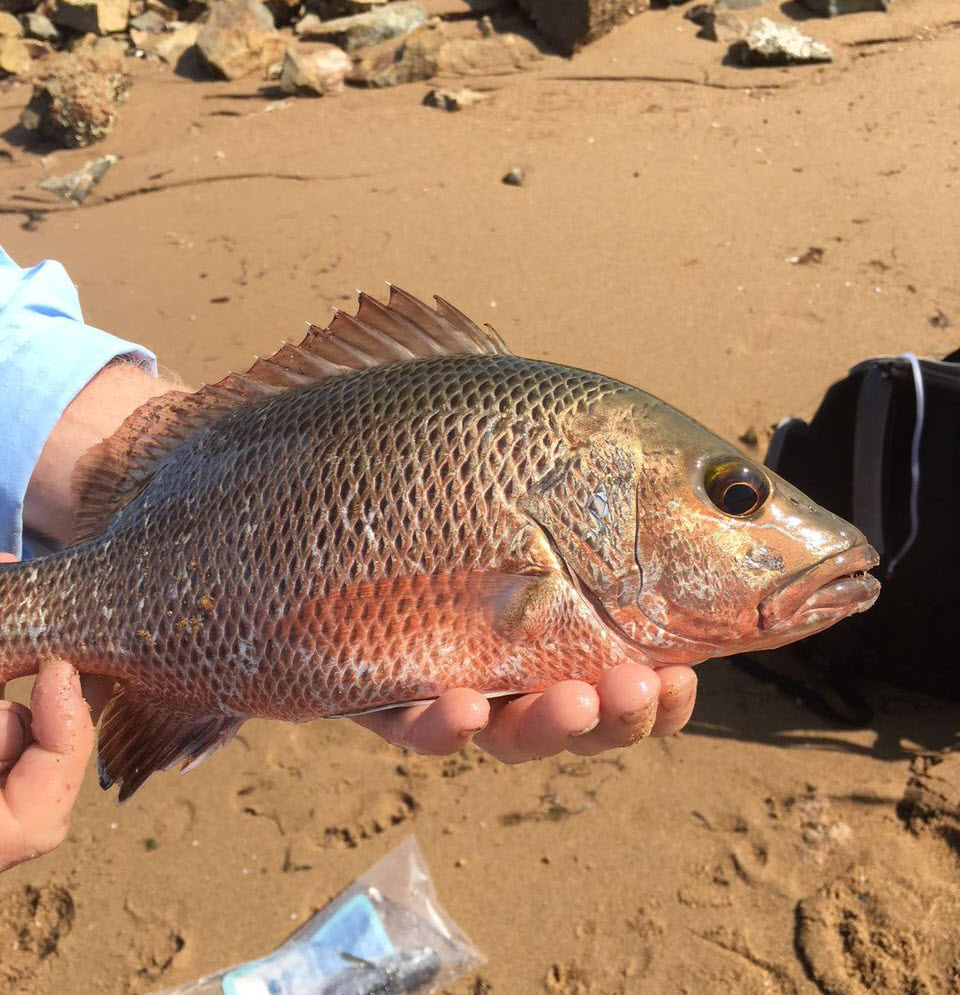
How to Catch Mangrove Jack – Tip #1
Mangrove Jack Facts
Mangrove Jack is a highly sought-after game fish that inhabits the coastal waters of many tropical and subtropical regions around the world. Known for their fierce fighting ability and delicious flesh, catching Mangrove Jack can be a thrilling experience for any angler.
However, it requires specific techniques and knowledge to successfully catch them. In this article, we will explore the essential facts and tips on how to catch Mangrove Jack, from the best baits and lures to use to the right gear and fishing locations.
Scientific Name
The scientific name of Mangrove Jack is “Lutjanus argentimaculatus”. It belongs to the Lutjanidae family, which includes many other species of snappers found in the tropical and subtropical waters of the Indo-Pacific region.
The Mangrove Jack is a highly prized game fish that is sought after by recreational anglers for its powerful fighting abilities and delicious flesh. Its scientific name is derived from Latin, where “Lutjanus” means “a kind of fish” and “argentimaculatus” means “silver-spotted”, referring to the distinctive silver spots that are present on the fish’s body.
Characteristics
Mangrove Jacks are a popular and well-known species of fish in the Indo-Pacific region. They have a distinctive appearance, with a reddish-brown body and a silver belly. They are a large species of fish that can grow up to 1 meter (3 feet) in length and can weigh up to 16 kg (35 pounds).
They have large heads, strong jaws, and sharp teeth, which they use to catch their prey. Mangrove Jacks are solitary, territorial fish that are aggressive predators. They inhabit estuaries, mangroves, and reef environments and are often found in murky waters near submerged structures like rocks, mangrove roots, and fallen trees.
Habitat
Mangrove Jacks are a species of fish that inhabit a range of environments throughout the Indo-Pacific region. They are commonly found in estuaries, mangroves, and reef environments and are often found in murky waters near submerged structures like rocks, mangrove roots, and fallen trees. They are also known to inhabit deep waters and are sometimes found in open ocean areas.
Mangrove Jacks are well-adapted to their habitat, with their large head and strong jaws allowing them to navigate and hunt in areas with heavy cover. They are able to feed on a variety of prey in these environments, including fish, crustaceans, and cephalopods.
Distribution
Mangrove Jacks are a widespread species of fish found throughout the Indo-Pacific region, including Australia, Asia, and the Pacific Islands. They are commonly found in coastal waters, estuaries, and mangrove forests and are known to inhabit depths ranging from shallow waters to over 100 meters (328 feet) deep. Their wide distribution can be attributed to their ability to adapt to a range of environmental conditions.
Diet
Mangrove Jacks are opportunistic predators that will eat a variety of prey, including fish, crustaceans, and cephalopods. They are known for their aggressive feeding behaviour and will often strike at fast-moving prey.
How to Catch Mangrove Jack – Tip #2
Mangrove Jack Legal Size & Catch Limit in QLD
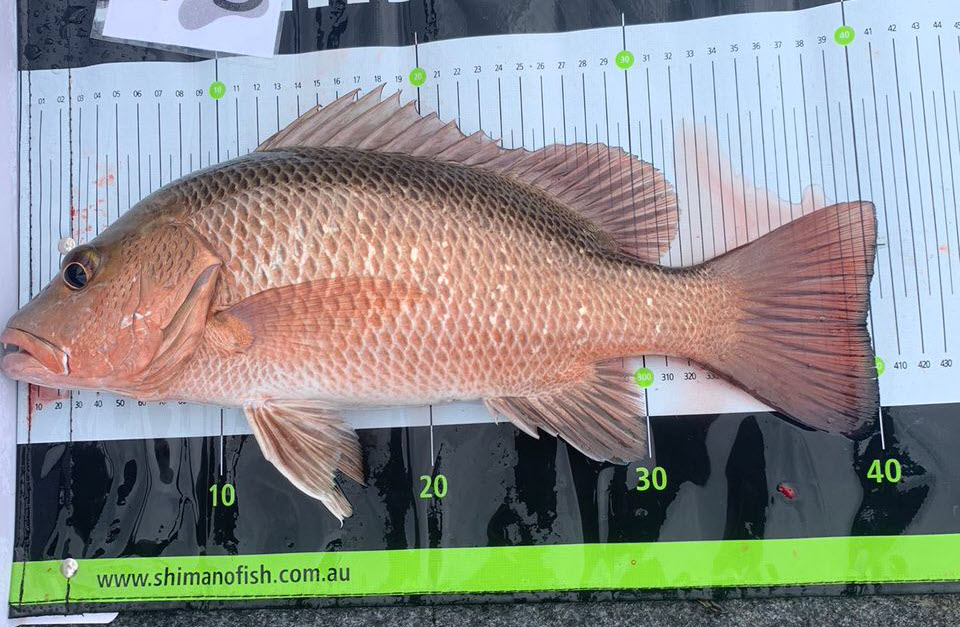
Knowing the legal size and catch limit for Mangrove Jack is important before you head out fishing. In Queensland, the rules and regulations for fishing are set by the Queensland Agriculture and Fisheries. Here’s what you need to know:
Size Limit
In Queensland (QLD), the minimum legal size for Mangrove Jack (Lutjanus Argentimaculatus) is 35 cm in total length. This means that any Mangrove Jack caught in QLD must be at least 35 cm from the tip of its snout to the end of its tail. It is important for anglers to measure their catch accurately and release any undersized fish to help conserve the population and ensure sustainable fishing practices.
Additionally, there are bag limits in place for Mangrove Jack in Qld, which restrict the number of fish that can be taken in a single day. The bag limit for Mangrove Jack in QLD is five fish per person. These regulations are in place to protect the species and help ensure that the population remains healthy and sustainable for future generations.
Catch Limit
The daily bag limit for Mangrove Jack in QLD is five fish per person. This means that you are allowed to keep up to 5 Mangrove Jacks per day, provided that they are of legal size.
It’s important to remember that these rules and regulations are subject to change, so it’s always a good idea to check the Queensland Agriculture and Fisheries website for the most up-to-date information before you head out fishing. Additionally, it’s important to practice responsible fishing by only keeping what you need and releasing any undersized or unwanted fish back into the water.
How to Catch Mangrove Jack – Tip #3
What’s the Eating Quality of Mangrove Jack?

Mangrove jack is a highly sought-after species for both sport and table purposes. Its firm white flesh and delicate flavour make it a favourite among seafood lovers.
Taste and Flavour
The flesh of the mangrove jack has a mild, sweet flavour with a slightly nutty undertone. Its texture is firm, yet moist, which makes it a versatile fish for cooking. The flavour of mangrove jack can vary depending on its diet and habitat, but generally, it’s a highly desirable fish to eat.

Best Cooking Methods
Mangrove jack can be cooked using a variety of methods, including grilling, baking, and pan-frying. Due to its firm texture, it’s well-suited for dishes that require fish to hold its shapes, such as fish cakes or curries. Some popular cooking methods for mangrove jack include:
- Grilled with lemon and herbs
- Pan-fried with garlic and butter
- Baked with vegetables and spices
Health Benefits
Mangrove jack is a low-fat, high-protein fish that’s rich in vitamins and minerals. It’s an excellent source of omega-3 fatty acids, which have been linked to a range of health benefits, including reducing the risk of heart disease and stroke, improving brain function, and reducing inflammation. Consuming mangrove jack as part of a healthy and balanced diet can provide a range of health benefits.
Overall, mangrove jack is a highly desirable fish to eat, with a delicate flavour and firm texture that makes it versatile in the kitchen. Whether you prefer it grilled, baked, or fried, this delicious fish is sure to be a hit at the dinner table.
How to Catch Mangrove Jack – Tip #4
How To Catch Land-Based Mangrove Jack
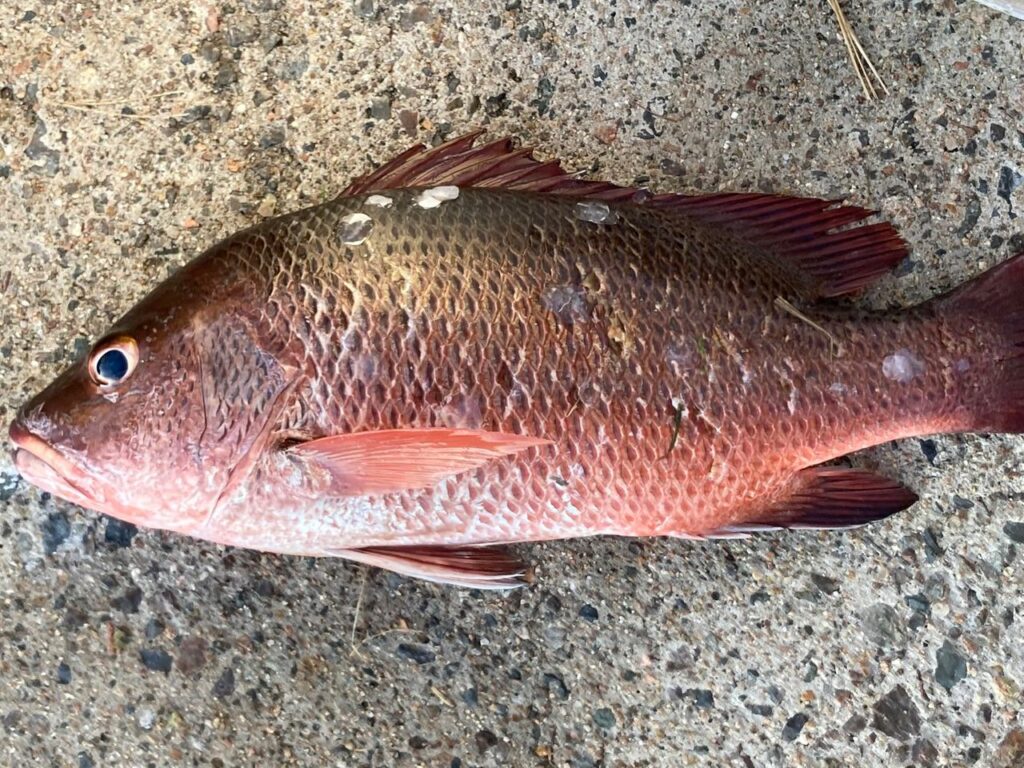
Catching Mangrove Jack from the shore can be an exciting and rewarding experience. Here are some tips and techniques to help you increase your chances of success:
- Choose the right location
Mangrove Jacks prefer areas with structures such as rock walls, bridge pylons, or mangrove roots. Look for areas where the water is deeper and has good tidal flow. These areas can be found along the coast, in harbors, or in estuaries.
- Time of day
Mangrove Jacks are more active during low-light periods such as dawn and dusk. These are the best times to target them.
- Use the right gear
A medium to heavy action rod with a fast action tip is recommended for catching Mangrove Jack from the shore. Pair it with a quality reel and use a braided line with a breaking strain of at least 20-30lb.
- Use the right lures
Soft plastics, hard-bodied lures, and live bait are all effective for catching Mangrove Jack. Try using lures that mimic small baitfish, crabs, or prawns as these are their preferred prey.
- Be patient
Catching Mangrove Jack from the shore can be challenging, so it’s important to be patient and persistent. It may take some time to locate the fish, but once you do, the action can be fast and exciting.
- Practice responsible fishing
Remember to always follow the rules and regulations for fishing, and only keep what you need. Any undersized or unwanted fish should be released back into the water immediately.
By following these tips and techniques, you’ll increase your chances of catching Mangrove Jack from the shore and have a great time in the process.
How to Catch Mangrove Jack – Tip #5
Where Are Mangrove Jack Commonly Found?
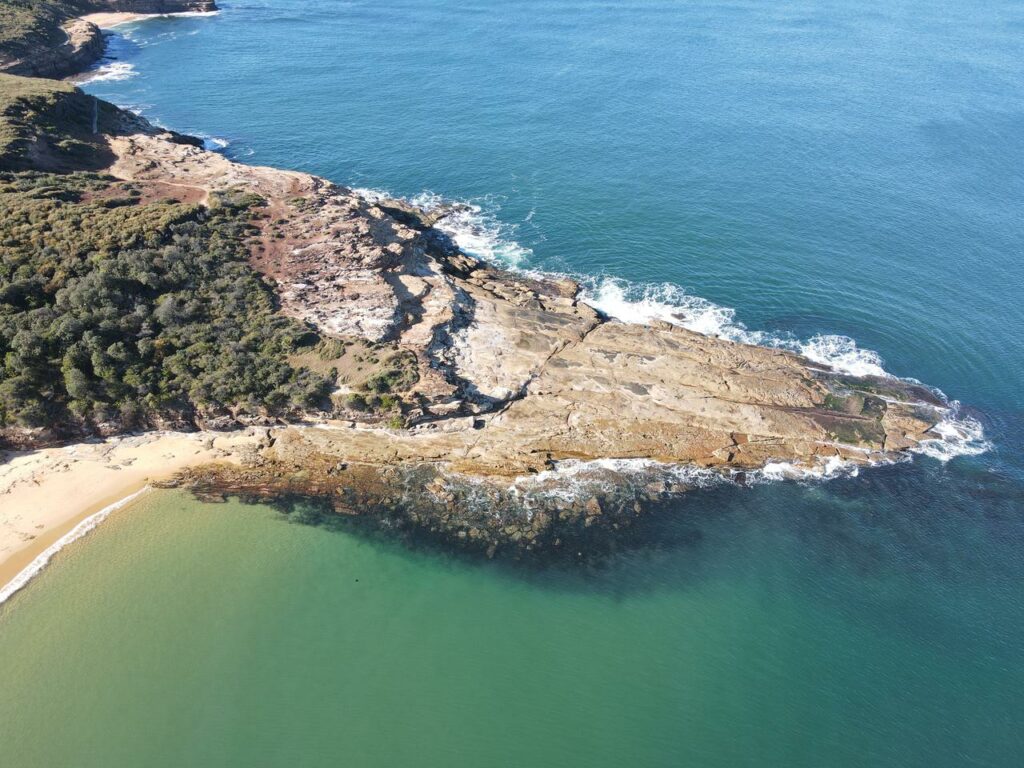
Mangrove Jacks are primarily found in coastal waters, harbours, and estuaries throughout Australia. These fish prefer to inhabit areas with structures such as rock walls, bridge pylons, or mangrove roots, as these provide them with shelter and protection from predators.
When looking for a good fishing spot, it’s important to consider the time of year, the tide, and the weather conditions. Mangrove Jack is more active during the warmer months, and tends to be most active during low-light periods such as dawn and dusk. They are also more likely to be caught during a falling tide when the water is moving out.
One of the best ways to identify a good fishing spot for Mangrove Jack is to look for areas with structure and good water movement. Bridge pylons, rock walls, and submerged logs are all great spots to target. When fishing in harbours or estuaries, look for areas where the water is deeper and has good tidal flow.
Another great way to find the best places to catch Mangrove Jack is to talk to local fishermen or bait and tackle shops. They will have valuable information about the best spots to target and the best techniques and baits to use.
By finding the right fishing spot and using the right techniques, you’ll be well on your way to catching Mangrove Jack in no time.
How to Catch Mangrove Jack – Tip #6
What’s The Best Season To Catch Mangrove Jack?
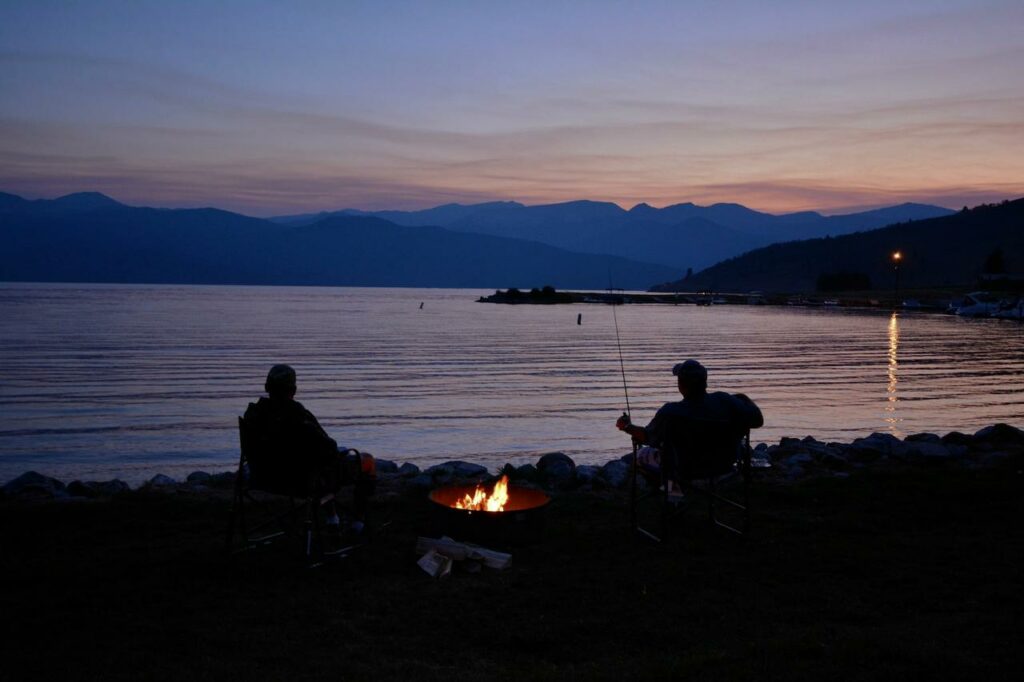
Best Season to Catch Mangrove Jack
The best season to catch Mangrove Jack is during the warmer months when the water temperature is higher, and the fish are more active. During this time, they move into shallower waters to feed and spawn, making them more accessible to anglers.
However, they can still be caught during the cooler months, but they tend to be more lethargic and less active.
Best Time of the Day to Catch Mangrove Jack
The best time of day to catch Mangrove Jack is during the early morning and late afternoon, as they tend to feed more actively during low-light conditions. During midday, when the sun is high, Mangrove Jack tends to retreat to deeper waters or seek cover in the mangroves.
However, it’s worth noting that Mangrove Jack can be caught at any time of the day, and their feeding patterns can vary depending on the location and other environmental factors.
Best Tide to Catch Mangrove Jack
In terms of tides, the best time to fish for How To Catch Mangrove Jack is during the run-up and run-out tides. During these tides, the water is moving, which can cause baitfish to become more active, attracting the attention of How To Catch Mangrove Jack. Be sure to check tide charts before heading out on your fishing trip to ensure you’re fishing during the optimal time.
Overall, fishing for How To Catch Mangrove Jack is best during the warmer months, particularly during dawn and dusk and during the run-up and run-out tides. These factors can significantly increase your chances of catching a Mangrove Jack.
How to Catch Mangrove Jack – Tip #7
What’s The Best Rod To Catch Mangrove Jack?
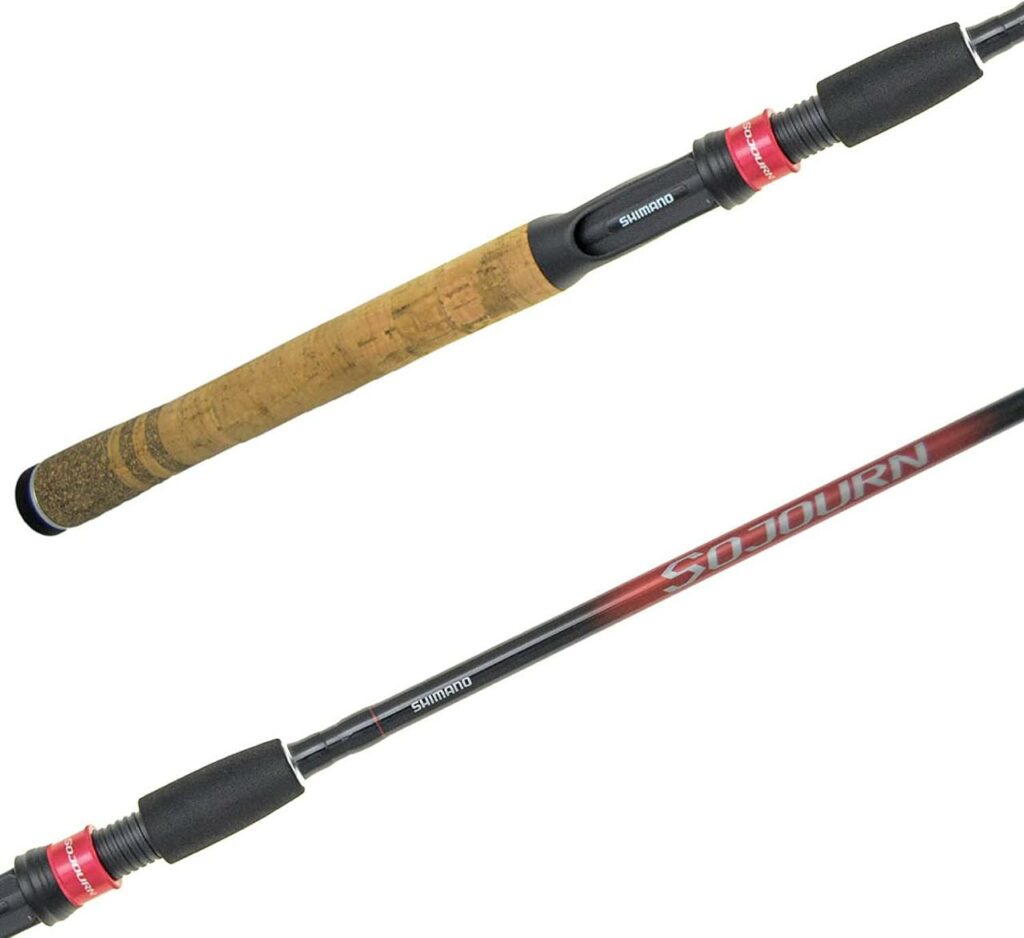
Fishing rods come in a variety of shapes, sizes, and materials, each designed to suit a specific type of fishing and individual preferences. When it comes to choosing a fishing rod, there are several key factors to consider, including the length, action, power, and rating of the rod.
The length of a fishing rod can vary greatly, ranging from less than 5 feet for ultra-light rods to over 14 feet for surfcasting rods. The length of the rod can impact casting distance, accuracy, and leverage when fighting a fish. A longer rod can generally cast further, while a shorter rod can provide greater accuracy and control.
The action and power of a fishing rod refer to its flexibility and strength, respectively. The rod’s action describes the point along the rod where it will begin to flex under pressure, while the rod’s power refers to its overall strength and ability to handle heavy loads.
The combination of action and power will determine the type of fishing for which a particular rod is best suited. Finally, the rod rating is a measure of the recommended line strength and lure weight that a particular rod is designed to handle.
Rod length
When it comes to rod length, you’ll want to choose something around 6-7 feet. This will give you the casting distance you need without sacrificing sensitivity. A shorter rod will be more suitable for fishing in tighter spaces, while a longer rod will help you cast farther.
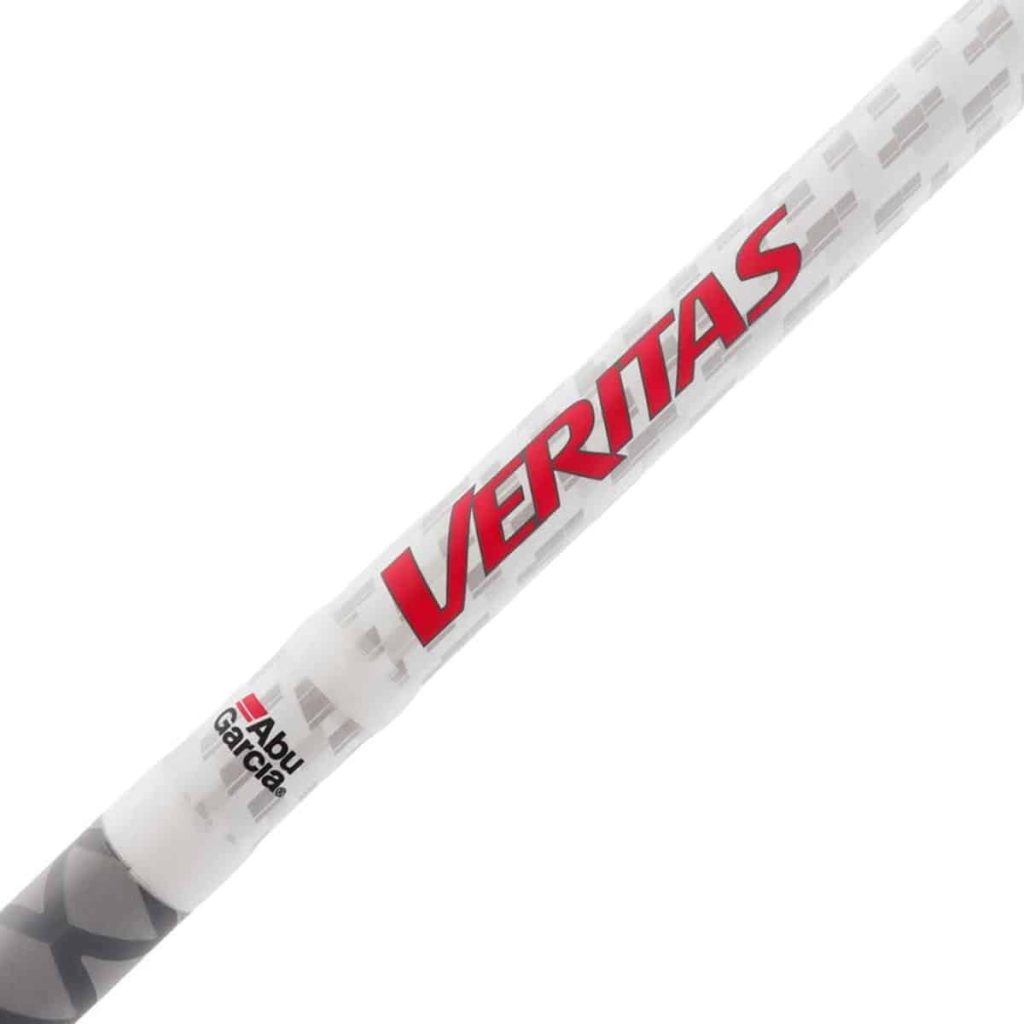
Rod action and power
For How To Catch Mangrove Jack, you’ll want a rod with fast action and medium-heavy power. The fast action will give you the sensitivity you need to detect bites, and the medium-heavy power will give you the strength to pull the fish out of its hiding spot.
Rod rating
Your rod rating will depend on the weight of the lures you plan to use. For How To Catch Mangrove Jack, a rod with a rating of around 10-20 lbs should be sufficient.
Our recommended rods for Catching Mangrove Jack
Some of our recommended rods for catching How To Catch Mangrove Jack include the following:
- Shimano Stimula Rod – a powerful and lightweight rod with fast action that is ideal for casting lures and jigs for Mangrove Jacks.
- Penn Battalion Inshore Spinning Rod – a versatile and durable rod with a medium-heavy power rating and fast action that can handle a variety of baits and lures.
- Abu Garcia Veritas Casting Rod – a lightweight and sensitive rod with a medium-heavy power rating and fast action that is ideal for casting and retrieving lures in shallow waters.
- Daiwa Saltist Inshore Spinning Rod – a durable and versatile rod with a medium-heavy power rating and fast action that can handle a variety of techniques, including trolling and casting.
It is important to note that the choice of rod ultimately depends on individual preferences and fishing style, and these recommendations are just a starting point for anglers looking to catch Mangrove Jacks.
How to Catch Mangrove Jack – Tip #8
What’s The Best Reel To Catch Mangrove Jack?
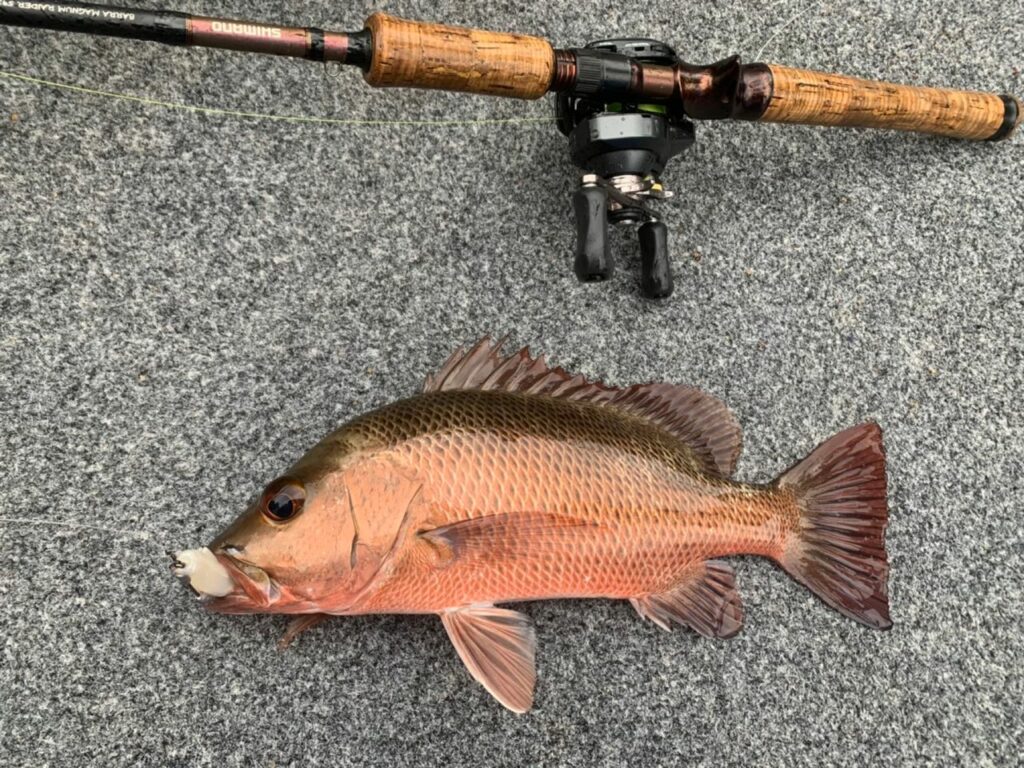
When it comes to catching fish, choosing the right reel can be just as important as selecting the right rod. The reel is responsible for holding the fishing line and ensuring that it can be smoothly retrieved and cast, which is crucial for landing a catch. For anglers looking to catch Mangrove Jacks, selecting the right reel is essential to successfully hook and land this elusive and powerful fish.
The recommended reel size for Mangrove Jacks depends on the size and weight of the fish, as well as the fishing technique being used. Generally, a reel size of 3000 to 4000 is recommended for Mangrove Jacks, which can handle the weight of the fish and the strength of the line required to land them. A reel in this size range can also provide enough line capacity to make long casts and handle the hard runs that Mangrove Jacks are known for.
In addition to reel size, the gear ratio of the reel is also an important consideration. The gear ratio refers to the number of times the spool rotates for each turn of the handle, and it can impact the speed and power of the retrieve. For Mangrove Jacks, a high gear ratio of at least 6:1 is recommended to provide the speed necessary to keep up with the fish and quickly retrieve line during a fight.
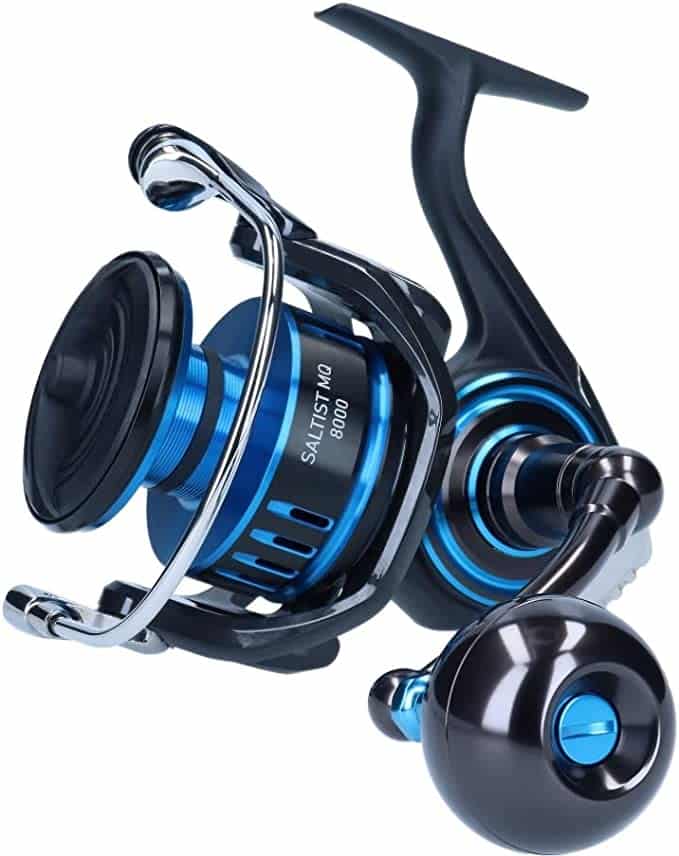
Here are three of our recommended reels for catching Mangrove Jack:
- Shimano Stradic: This reel is known for its lightweight design and smooth performance. It has a high line capacity and is suitable for a wide range of fishing applications.
- Penn Slammer III: This reel is built to handle tough saltwater conditions and has a high-drag system for reeling large fish. It’s also corrosion-resistant, making it a great choice for fishing in saltwater environments.
- Daiwa Saltist: This reel is designed for heavy-duty fishing and has a solid construction that can withstand the rigors of fishing for Mangrove Jack. It has a high line capacity and a smooth drag system for reeling large fish.
How to Catch Mangrove Jack – Tip #9
What’s The Best Line To Catch Mangrove Jack?
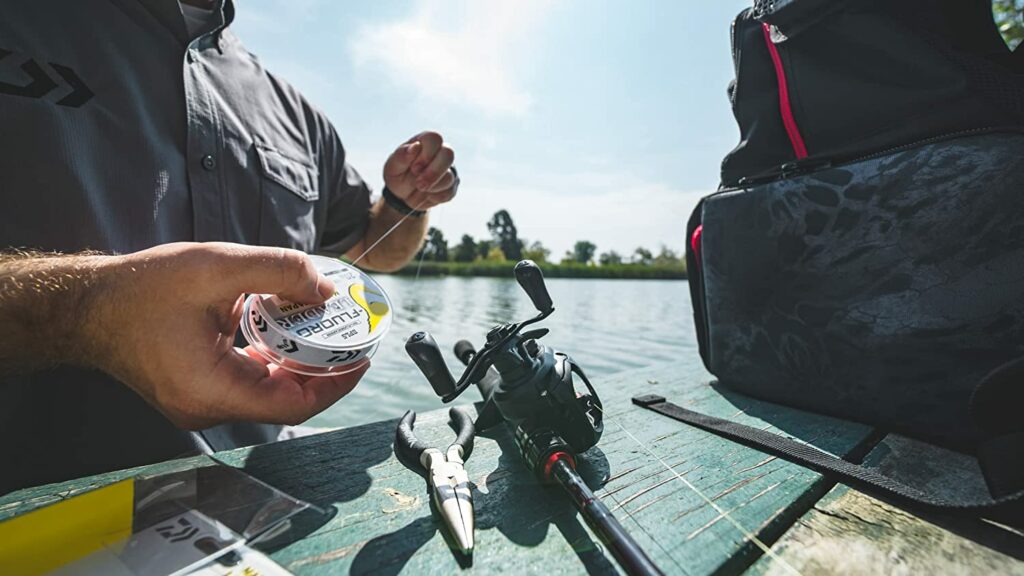
Selecting the right fishing line is crucial for successful angling and landing fish, especially when it comes to targeting species like Mangrove Jacks. The type of line used can impact casting distance, sensitivity, and strength, which are all important factors when targeting this hard-fighting species.
Several types of fishing lines are available, each with its own advantages and disadvantages, and choosing the right one can make all the difference when trying to catch Mangrove Jacks.
Monofilament

The Monofilament line is a popular choice for catching Mangrove Jack because of its stretch, which helps to absorb sudden surges and aggressive strikes. It is also more forgiving when it comes to tying knots, making it easier for beginners to handle.
Here are our top recommended monofilament lines for catching Mangrove Jack:
- Berkley Trilene Big Game Monofilament Fishing Line
- Stren High Impact Monofilament Fishing Line
- KastKing World’s Premium Monofilament Fishing Line
- Berkley Trilene XL Smooth Casting Monofilament Fishing Line
Fluorocarbon
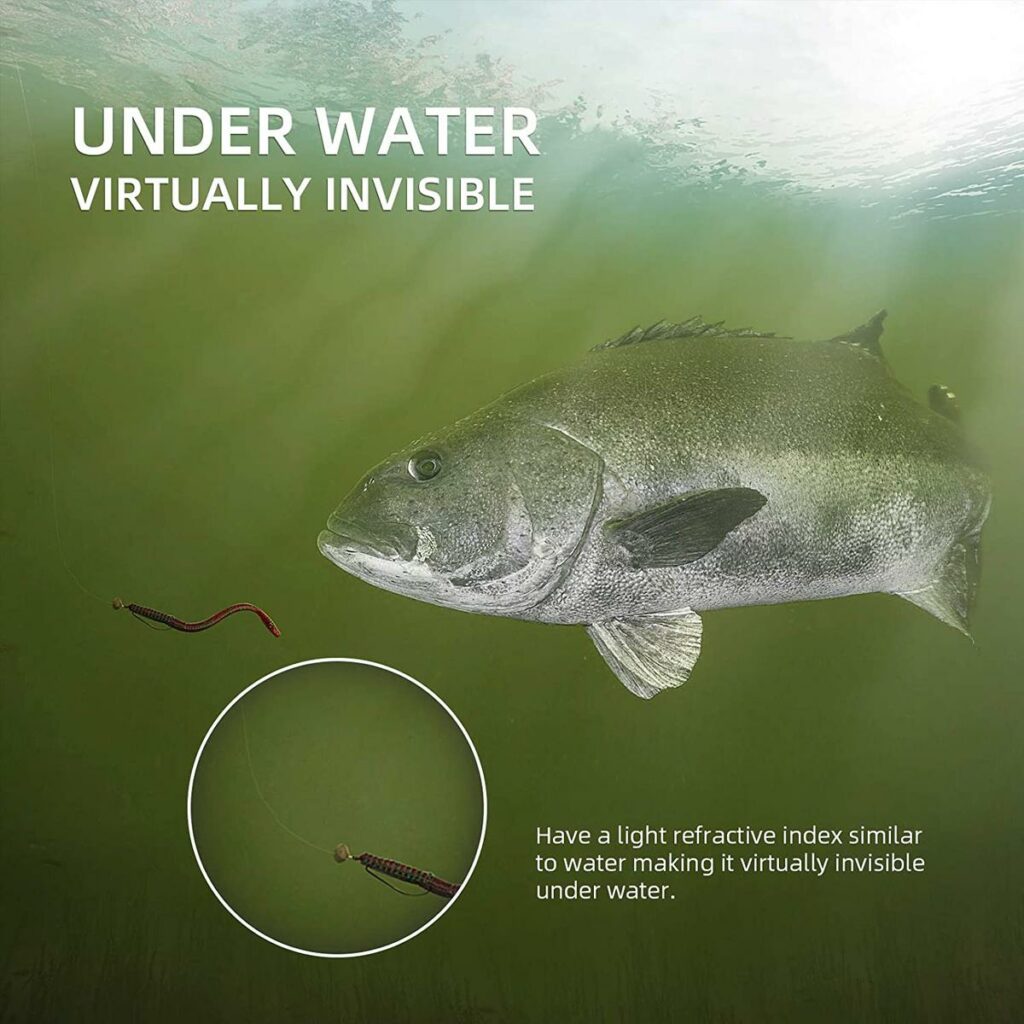
The Fluorocarbon line is another popular choice for targeting Mangrove Jack due to its excellent abrasion resistance and low visibility underwater. When using the fluorocarbon line for Mangrove Jack, it’s recommended to use a line with a strength of at least 20-30lb, as these fish are known for their powerful runs and can easily break weaker lines.
Some popular brands of fluorocarbon line for Mangrove Jack fishing include:
- Seaguar Blue Label Fluorocarbon line
- Seaguar Red Label Fluorocarbon Fishing Line
- Berkley Vanish Fluorocarbon Fishing Line
- Yo-Zuri Fluorocarbon Leader Line
Braid line
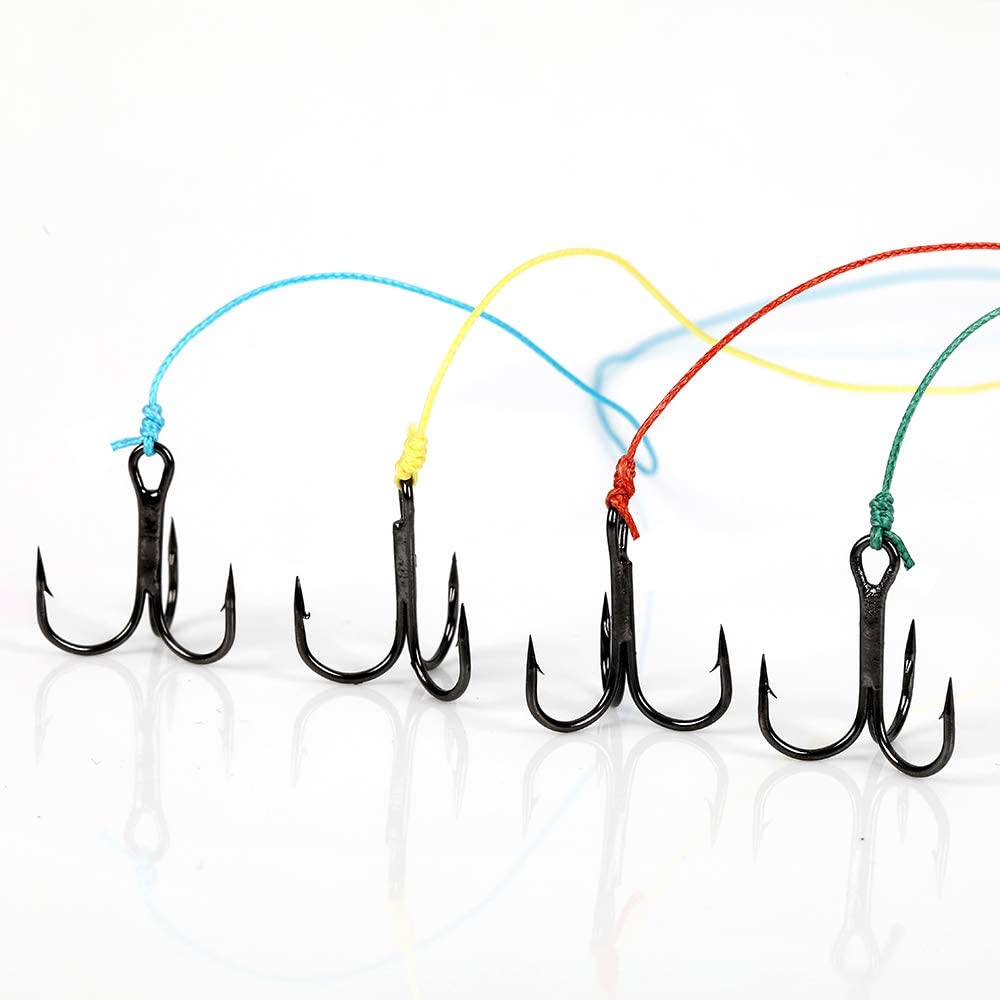
Due to its strength and sensitivity, the braid line is a popular choice among anglers for targeting Mangrove Jack. Braid is thinner in diameter than monofilament or fluorocarbon lines, which means it has less drag in the water and can cut through the current more easily. It also has a high strength-to-diameter ratio, which means you can use a thinner line with a higher breaking strain than you could with mono or fluoro.
This can be helpful when trying to cast further or when fishing in heavy structures where a fish is likely to run and try to break you off.
Our recommended braid lines for Mangrove Jack fishing include:
- Daiwa J-Braid 300M 8-Strands Braided Fishing Line
- KastKing SuperPower Braided Fishing Line
- SpiderWire Stealth Superline
- Seaknight W8 8-Stranded fishing line
Generally, the best fishing line for catching Mangrove Jack will depend on the fishing conditions and the angler’s preference. The Monofilament line is a good all-around choice, while the fluorocarbon line is better for clear water and the braid line is best for deep water or large fish.
How to Catch Mangrove Jack – Tip #10
What’s The Best Rig To Catch Mangrove Jack?
Paternoster Rig

This rig has a sinker at the bottom, with two droppers branching above it. The droppers are usually around 30-40cm in length and tipped with circle hooks. This rig is effective because it allows you to simultaneously fish both the bottom and mid-levels of the water column.
Running Sinker Rig

This rig consists of a sliding sinker above a swivel, with a leader attached to the other end of the swivel. The leader is tipped with a hook, usually a circle hook. This rig is effective because it allows the bait to move naturally in the water, which can entice Mangrove Jack to strike.
How to Catch Mangrove Jack – Tip #11
What Are The Best Baits to Catch Mangrove Jack?
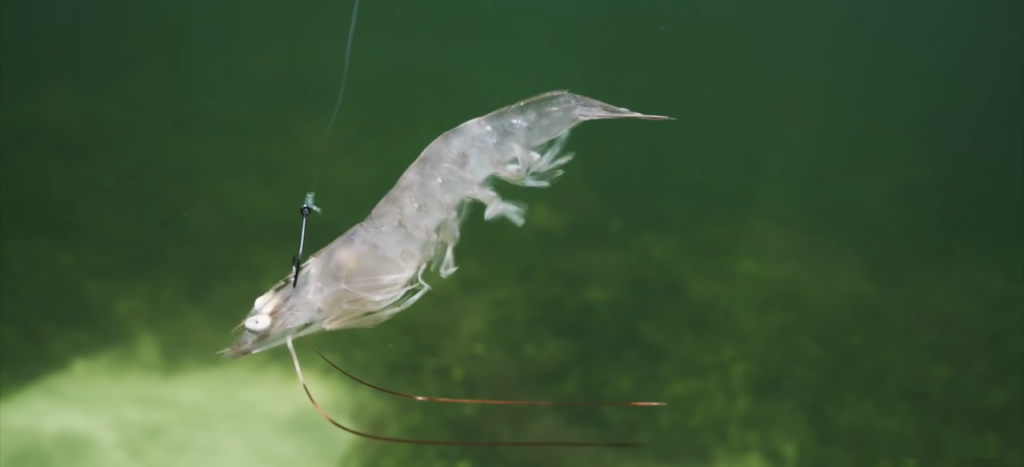
Mangrove Jacks are a prized catch for many anglers due to their strong fighting ability and delicious flesh. When it comes to catching these fish, using the right bait can make all the difference. Natural baits can be particularly effective, as they mimic the prey that Mangrove Jacks naturally feed on.
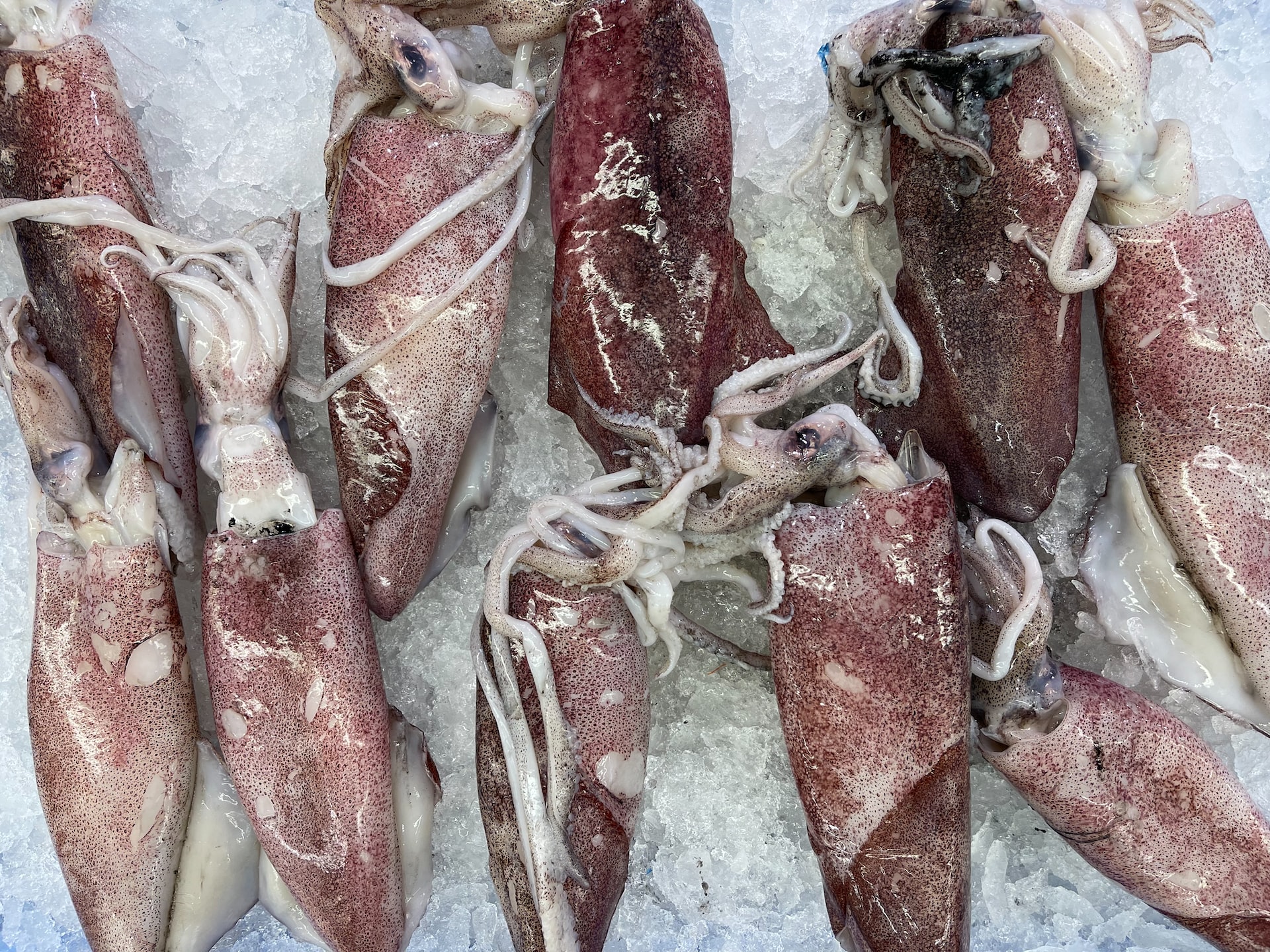
Here are some of the best natural baits to use when trying to catch Mangrove Jacks:
- Live bait: Live bait such as mullet, prawns, and squid can be highly effective when targeting Mangrove Jacks. Make sure to hook the bait through the lips or tail to keep it lively and attractive.
- Cut bait: Cut bait is another popular option for Mangrove Jack fishing. This involves cutting up fresh fish into small pieces and using it as bait. Bonito and mackerel are good choices for cut bait.
- Crustaceans: Mangrove Jacks are also known to feed on crustaceans, so using bait such as crabs or yabbies can be effective.
You can increase your chances of catching Mangrove Jacks with the right natural bait. However, if you prefer to use lures, plenty of options are also available. Let’s take a look at the best lures for catching Mangrove Jacks.
How to Catch Mangrove Jack – Tip #12
What Are The Best Lures To Catch Mangrove Jack?
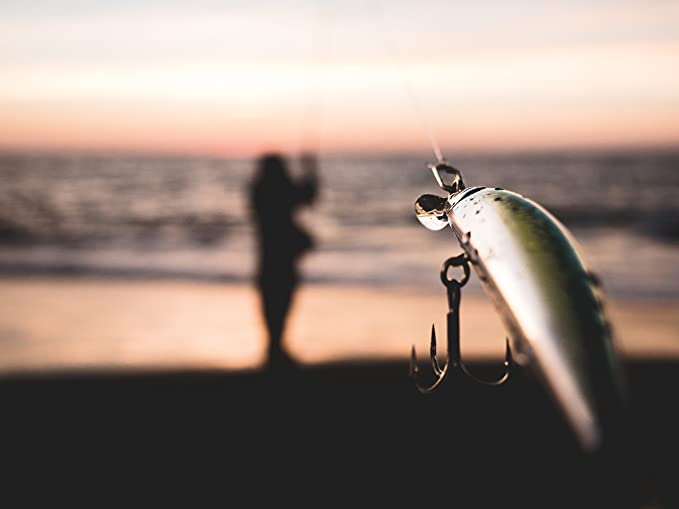
If you prefer to use lures when fishing for Mangrove Jacks, there are plenty of options to choose from. Lures can be particularly effective when the fish are not actively feeding, as they can trigger a predatory response. Here are some of the best lure options for catching Mangrove Jacks:
Soft Plastic Lures

Soft plastic lures are a versatile option for targeting Mangrove Jacks. They come in a range of sizes and colors, allowing you to match the baitfish or prey that the fish are feeding on. Some popular soft plastic lures for Mangrove Jacks include paddle tails, jerk shads, and grubs.
Hard body lures

Hard body lures are another popular choice for Mangrove Jack fishing. They can imitate a range of prey, including baitfish, crabs, and prawns. Some effective hard body lures for Mangrove Jacks include bibbed minnows, surface walkers, and crankbaits.
Poppers

Poppers are topwater lures that create a popping or splashing sound when retrieved. They can be particularly effective for targeting Mangrove Jacks in shallow water. Some popular poppers for Mangrove Jacks include cup-faced poppers, chuggers, and stick baits.
Using the right lure can make all the difference when trying to catch Mangrove Jacks. However, it’s important to remember that different lures will work better in different conditions. Experiment with a range of lures to find what works best for you.
How to Catch Mangrove Jack – Final Thoughts
Conclusion
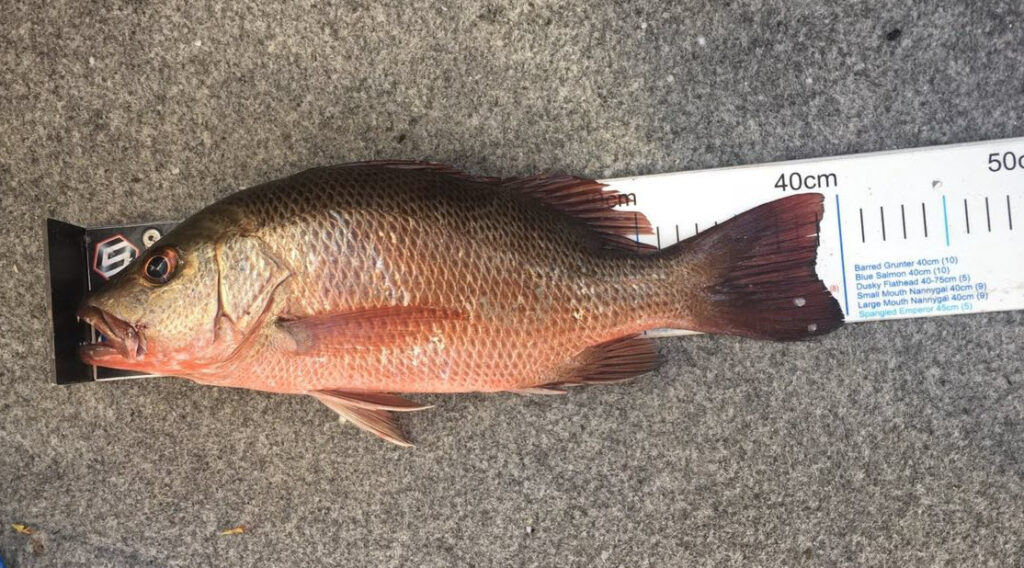
Catching mangrove jacks requires a good understanding of their behaviour and feeding patterns. You can increase your chances of landing one of these prized fish with the right equipment and techniques. Remember to choose the best time of day and season to fish, use the right line and rig, and select the appropriate bait or lure.
By following the tips and advice in this guide, you’ll be well on your way to catching mangrove jack like a pro.
Happy fishing and tight lines!
How to Catch Mangrove Jack – FAQs
Frequently Asked Questions
What’s the best time of day to catch Mangrove Jack?
Early morning and late afternoon are generally the best times to target Mangrove Jack, as they are more active during low-light conditions.
What size hooks should I use for Mangrove Jack?
Size 1/0 to 4/0 hooks are commonly used when targeting Mangrove Jack, depending on the size of the bait being used.
Can I catch Mangrove Jack from the shore?
Yes, Mangrove Jack can be caught from the shore by targeting areas with structures and using appropriate fishing techniques.
What pound test line should I use for Mangrove Jack?
A minimum of the 20-pound test line is recommended when targeting Mangrove Jack, as they are strong and can put up a good fight.
What are some good locations to catch Mangrove Jack in Sydney?
Some popular land-based fishing spots for Mangrove Jack in Sydney include the Harbour Bridge pylons, Middle Harbour, and the Cooks River.
What’s the best season to catch Mangrove Jack in Australia?
Mangrove Jack can be caught year-round in Australia, but they are generally more active during the warmer months of spring and summer.
What’s the best way to rig for Mangrove Jack?
A simple paternoster rig or a running sinker rig with a fluorocarbon leader can be effective when targeting Mangrove Jack.
What type of bait is best for Mangrove Jack?
Mangrove Jack can be caught using a variety of baits, including live or dead prawns, mullets, or squid.
What’s the best rod length for targeting Mangrove Jack?
A rod length of around 7 feet is generally suitable for targeting Mangrove Jack from the shore or a boat.
Can I catch Mangrove Jack using lures?
Yes, Mangrove Jack can be caught using a variety of lures, including soft plastics, hard-body lures, and metal lures.

Meet The Author
William O’Reilly is an Australian land-based fishing enthusiast. He discovered his passion for fishing from the shore as a child, when his grandfather would take him out on the water and teach him the ropes.
He encourages others to try land-based fishing and believes it is a unique and sustainable way to connect with nature. He also advocates for responsible fishing practices and conservation. His passion for land-based fishing led him to pursue a career in writing about it, sharing his experiences, knowledge and thoughts about the sport, and inspiring others to appreciate and explore it.
William O’Reilly
Contributing Author
You Might Also Like:
If you enjoyed reading this blog post How to Catch Mangrove Jack, you might also be interested in:
- 10 Best Fishing Chairs: Catch Your Breath and Catch Your Fish
- 8 Best Fishing Split Ring Pliers for Serious Anglers
- 8 Best Braid Scissors: Snip Your Way to Fishing Success
- Hooked on Comfort: 5 Best Fishing Stools You Need to Try
- How to Catch Murray Cod: 12 Masterful Tips For Success
- How to Catch Australian Bass | 13 Proven Tips by Pro Anglers
- 10 Best Fishing Pliers All Anglers Need in Their Tackle Box
- How to Catch Bonito: 13 Amazing Tips from Master Anglers
- How to Catch Mangrove Jack: 5 Tips for a Successful Fishing Trip
- 10 Best Waterproof Dry Bags to Keep Your Gear Safe and Dry
Tags:
#How to Catch Mangrove Jack #How to Catch Mangrove Jack Guide #How to Catch Mangrove Jack NSW #How to Catch Mangrove Jack Tips #How to Catch Mangrove Jack Beginners

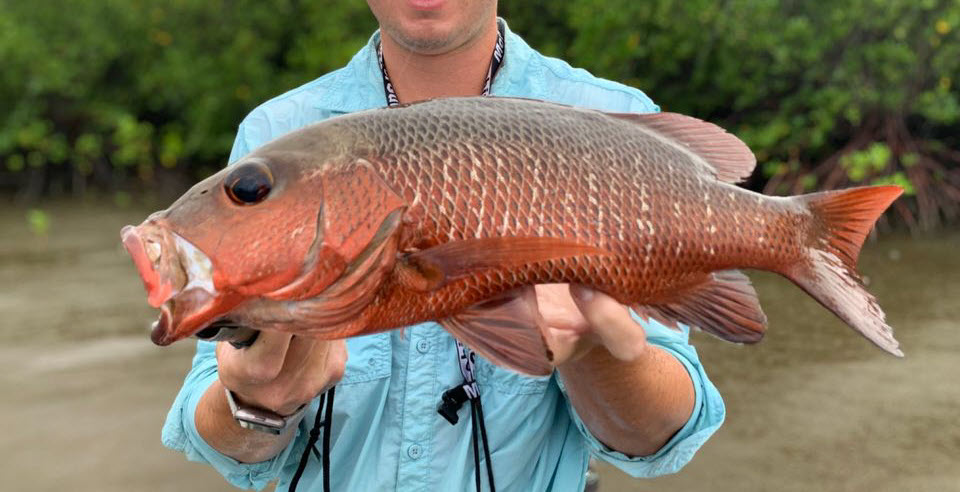
Recent Comments